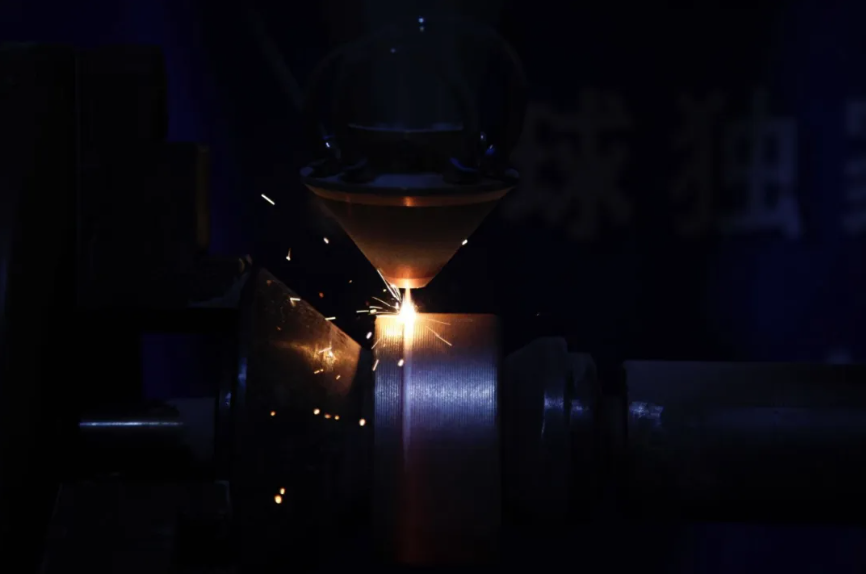How do laser equipment deal with the condensation crisis?

Humid air is the "invisible killer" of laser equipment, especially in spring, plum rain season, return of south wind, or high humidity workshop. Once condensation occurs on the surface of the equipment, the equipment may be shut down at the least and core components may be burned at the worst. Don't worry, the S&A chiller can help you easily deal with the condensation crisis Condensation When the surface temperature of the laser drops suddenly due to traditional heat dissipation methods, the ambient humidity exceeds 60% and the body temperature is lower than the dew point temperature, the water vapor in the air will instantly condense into water droplets on the surface of the device, just like condensation water forms on the outer wall of an iced soda bottle. This is the "condensation" phenomenon. The harm of condensation to laser equipment Optical lenses fog up, light beams scatter and processing accuracy decreases Circuit boards become damp and short-cir...




